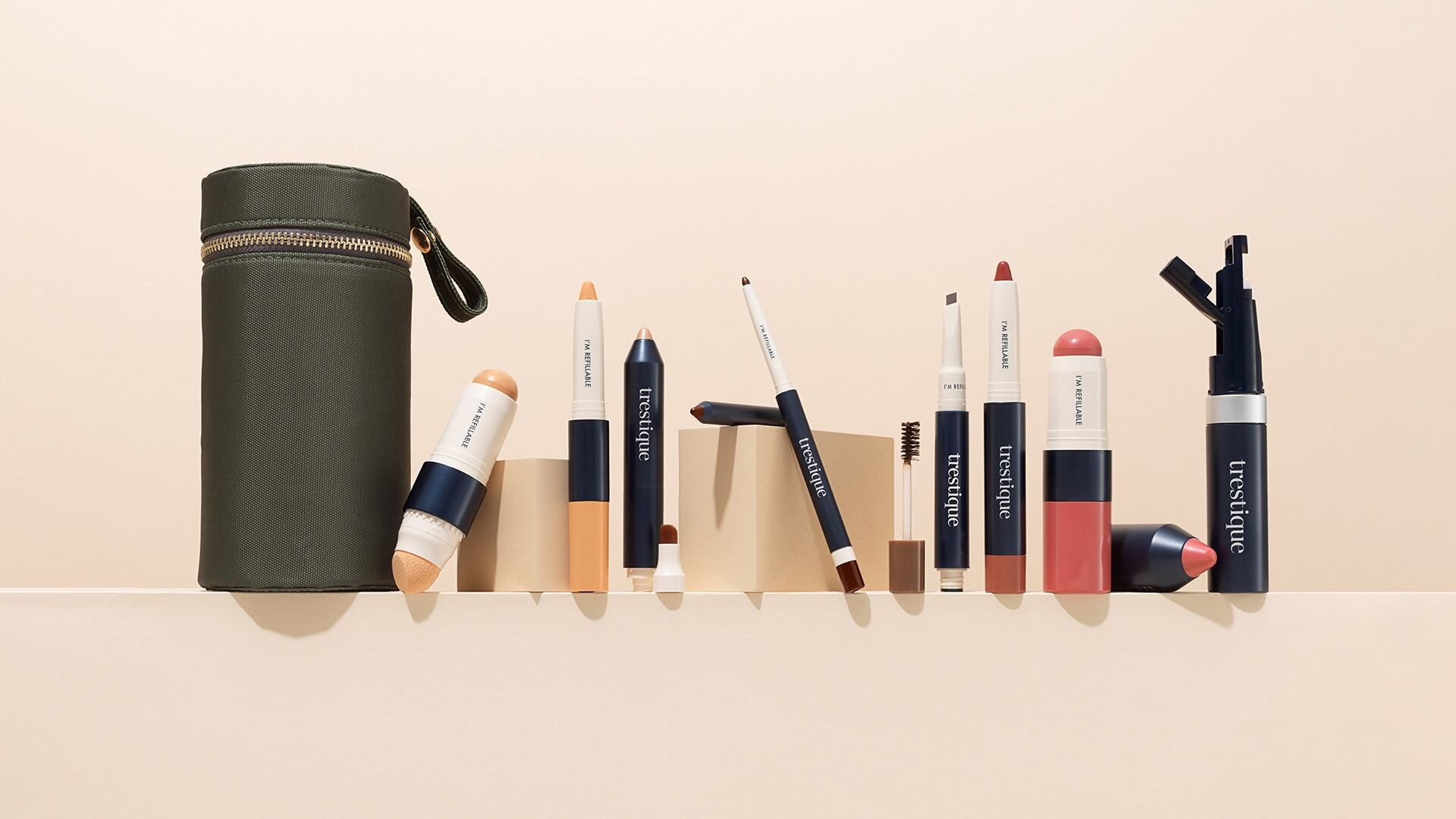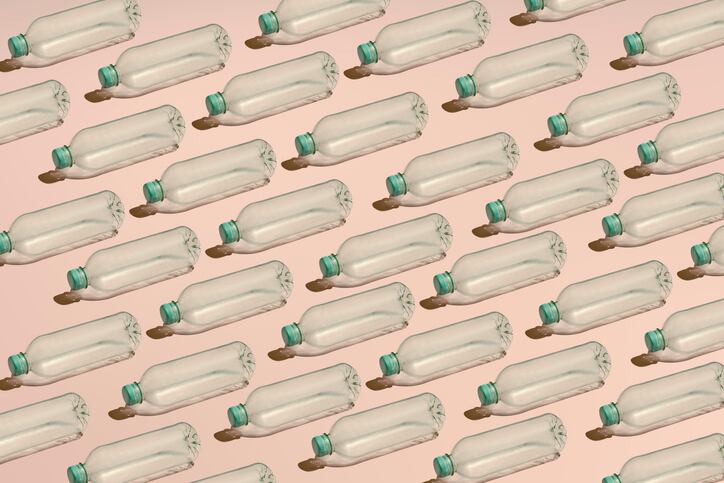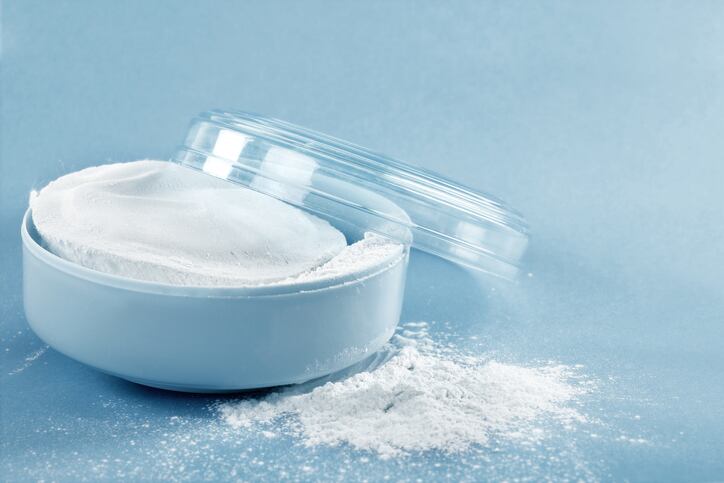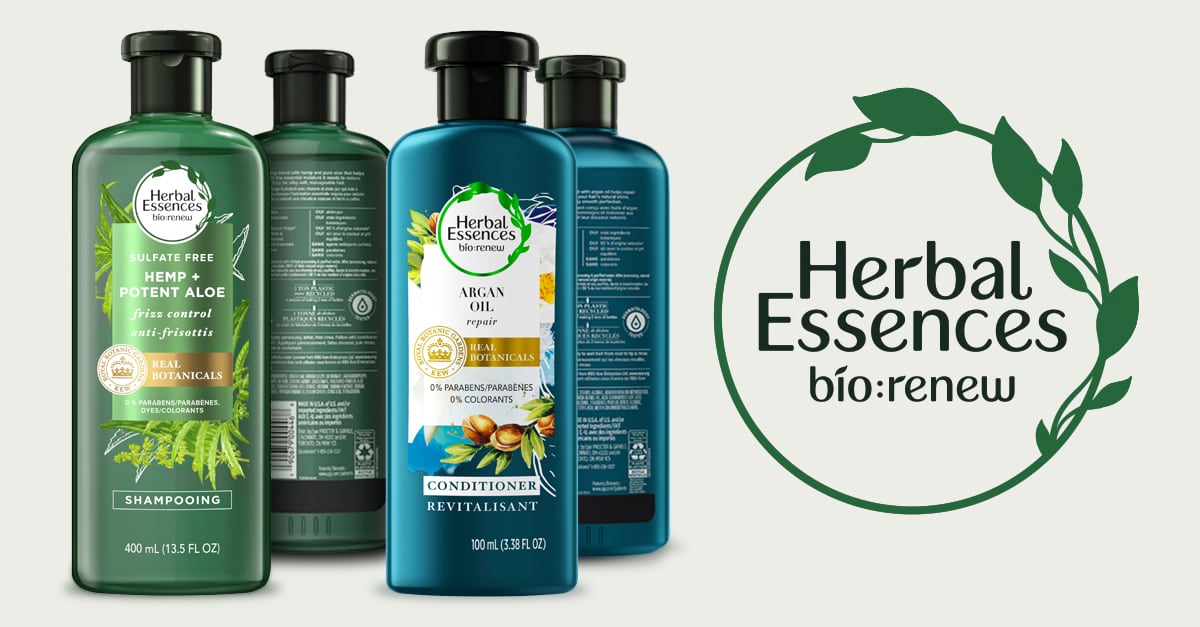Color cosmetics brand Trestique, based out of New York City, started six years ago built on the concept of a full makeup routine of stick and crayon-format products. Co-founder and co-CEO Jack Bensason said the idea behind the brand was to create a simple, single-brand makeup routine.
While it is common in the skin care market for consumers to purchase a whole routine under a single brand umbrella, Bensason said consumers were significantly less likely to do the same thing with makeup because retailers and brands were more likely to advertise their newest or trendiest product.
“Unlike many other brands, we’re not built around one hero product,” Bensason said. “In makeup, the customer behavior is very different because … the brand never gave them a reason to buy all the products under one roof. Our hero product is basically the makeup routine.”
In order to make that routine successful, Trestique developed a customizable makeup routine, based on what products a consumer wanted and their coloring, which can fit entirely in one small bag.
This tactic appeared to work, as customers purchased roughly 4.5 products in their first order, Bensason said.
Consumers were particularly excited about their packaging, all of which includes the applicator needed for the product, and said they hated to throw it away, which prompted Trestique to begin investigating a refillable line.
In September, the company launched its rebrand as the “first-ever clean, zero-waste refillable makeup system.” The line now has the original products, packaged in recycled aluminum and plastic, which Bensason called the “forever shell,” which consumers can order full-sized refills for.
Through the switch, he said the company has reduced their virgin plastic use by 90% and now uses 86% recycled materials across the brand. But developing the “forever” packaging out of recycled material was a long process.
It took between a year and a half and two years for Trestique to pick the right raw materials and develop packaging which would be reliable for consumers use-after-use, Bensason said. Developing the new packaging including extensive testing to ensure the cases wouldn’t crack or break.
Because the line has only been out for a few months, Trestique doesn’t have enough data to make a solid conclusion on the success of the line, but over the past three months, he said he’s seen excitement about products. Additionally, 40% of those purchasing the new products are returning shoppers.
“Around 15% of the full-sized products people are buying refills, in a period of three months, which is a very short period,” Bensason said. “I can conclude that if you give a reason to your customer to come back and refill, and they love your product, they will do it, especially if it’s tied with saving your pocket and the planet.”
Along with the refillable rebrand, Trestique did a soft launch of a subscription model, allowing them time to develop the service on the back end before advertising it broadly to consumers. Some customers found and signed up for the service, which is helping the company prove the model in color cosmetics.
While some companies offer a subscription discount for traditional color cosmetics, Bensason said that alone may not be enough to convince consumers to continue buying the same products repeatedly. But he said he’s hoping the refillable-subscription model will be proven over the next year.
For other brands, he said it’s important to be very intentional and planned when launching a refillable and/or subscription model in the color cosmetics space. While they both intersect with consumer interests, a successful launch requires attention to detail which will make it a problem solver for consumers, instead of a burden upon them.




